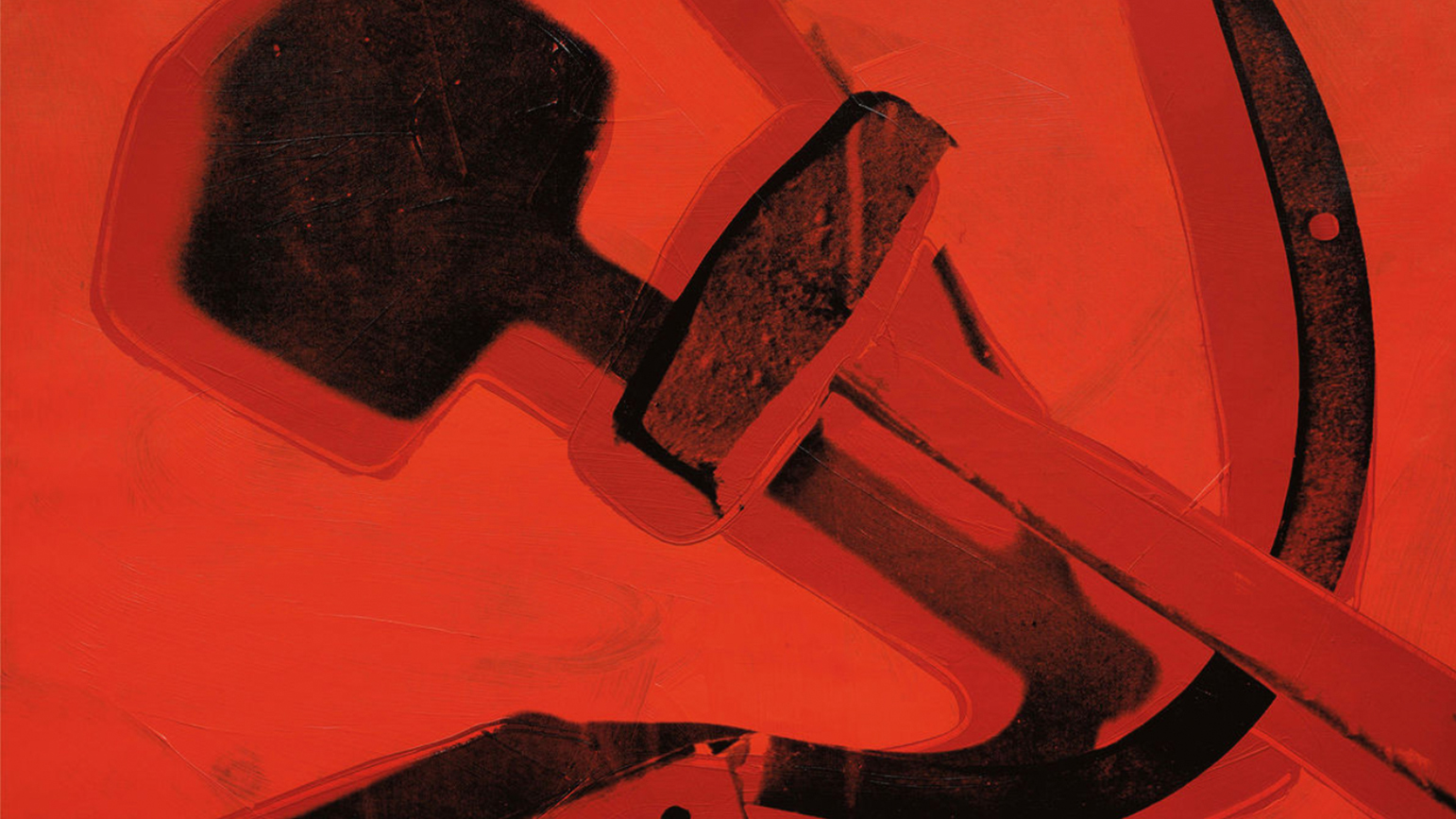
Andy Warhol’s activities after 1968 have long been understood as less influential and less innovative than his work in the early 1960s. However, his wide-ranging production in the ‘70s and ‘80s reveals a period of great experimentation, in which the artist further explored the possibilities of painterly abstraction, media technologies, studio practices, mass cultural forms and phenomena, and underground subcultures.
Now over thirty years since Warhol’s death, his late artistic practice can be understood as far more diverse and multivalent than it appeared when he was alive. Yet, the work from this era has received less critical attention than that of the 1960s, and much of it remains little known. This symposium, on March 1 and Second at The New School, brings together scholars, curators, and artists to reassess Warhol’s activities in the period from 1968 until his death in 1987 in light of the exhibition “Andy Warhol—From A to B and Back Again.”
Professor Melissa Ragona will speak on Warhol’s vast recording projects, the subject of her forthcoming book The Andy Warhol Tapes: READYmade or Not, on Friday, on March 1 at 3:30pm, along with presentations by art historian Richard Meyer, the artist Ken Okiishi, and the editor of the Warhol Catalogue Raisonne Neil Printz. The panel will be moderated by art historian and critic Alex Kitnick.
The symposium is co-organized by the Whitney Museum of American Art and the Eugene Lang College of Liberal Arts at The New School.




